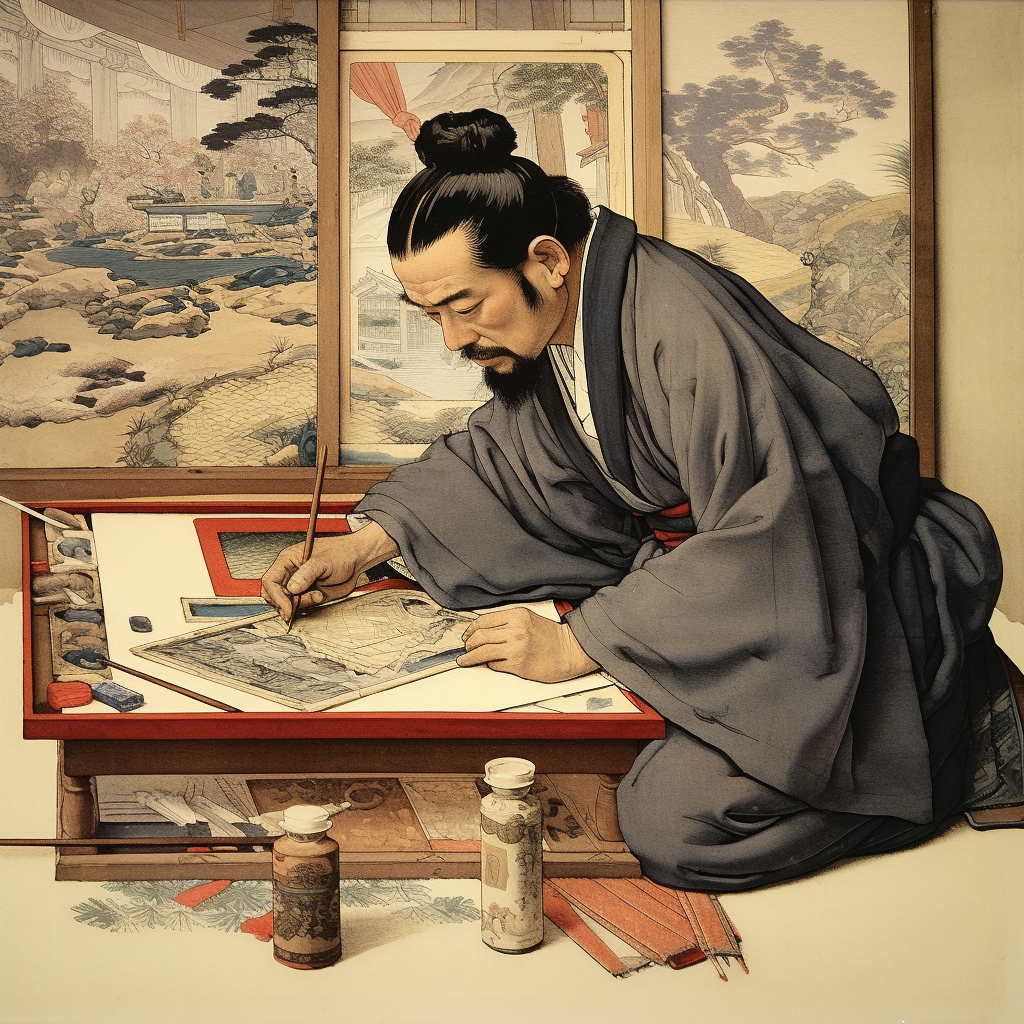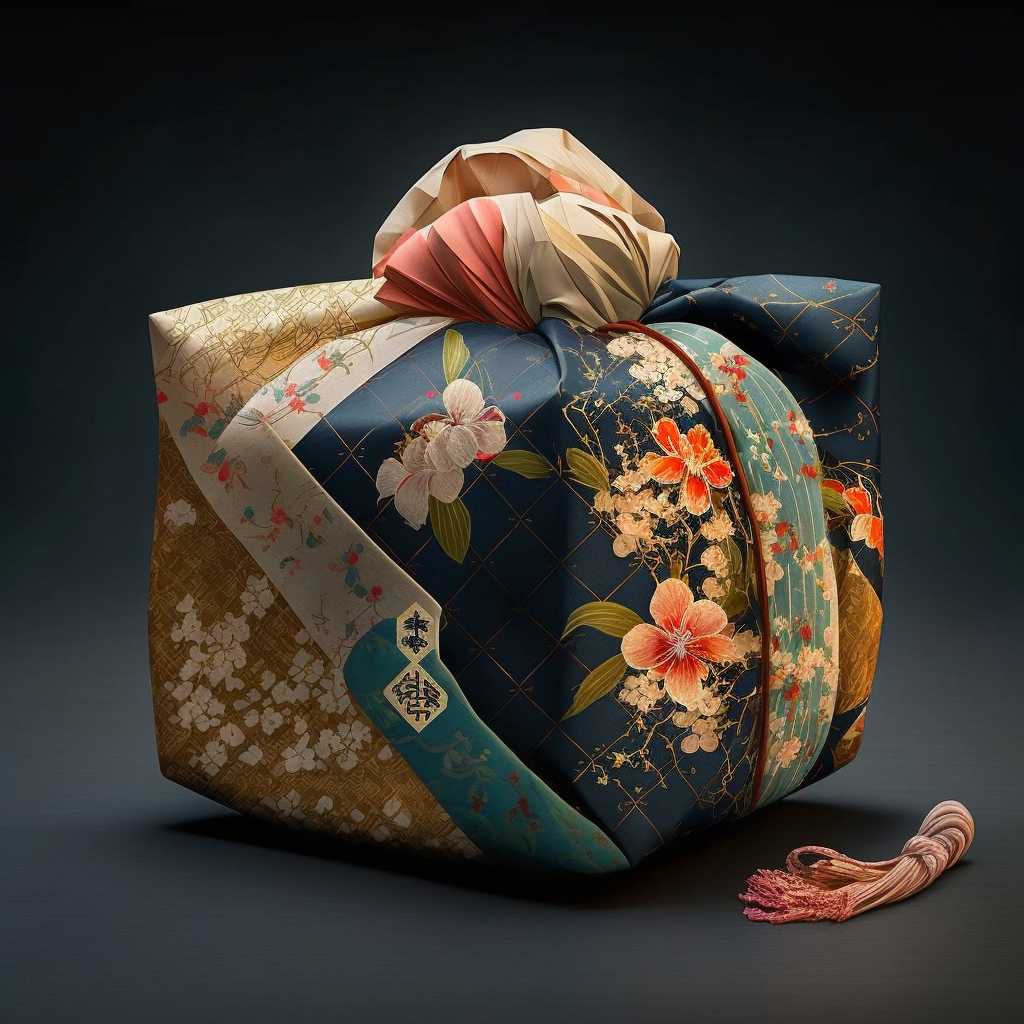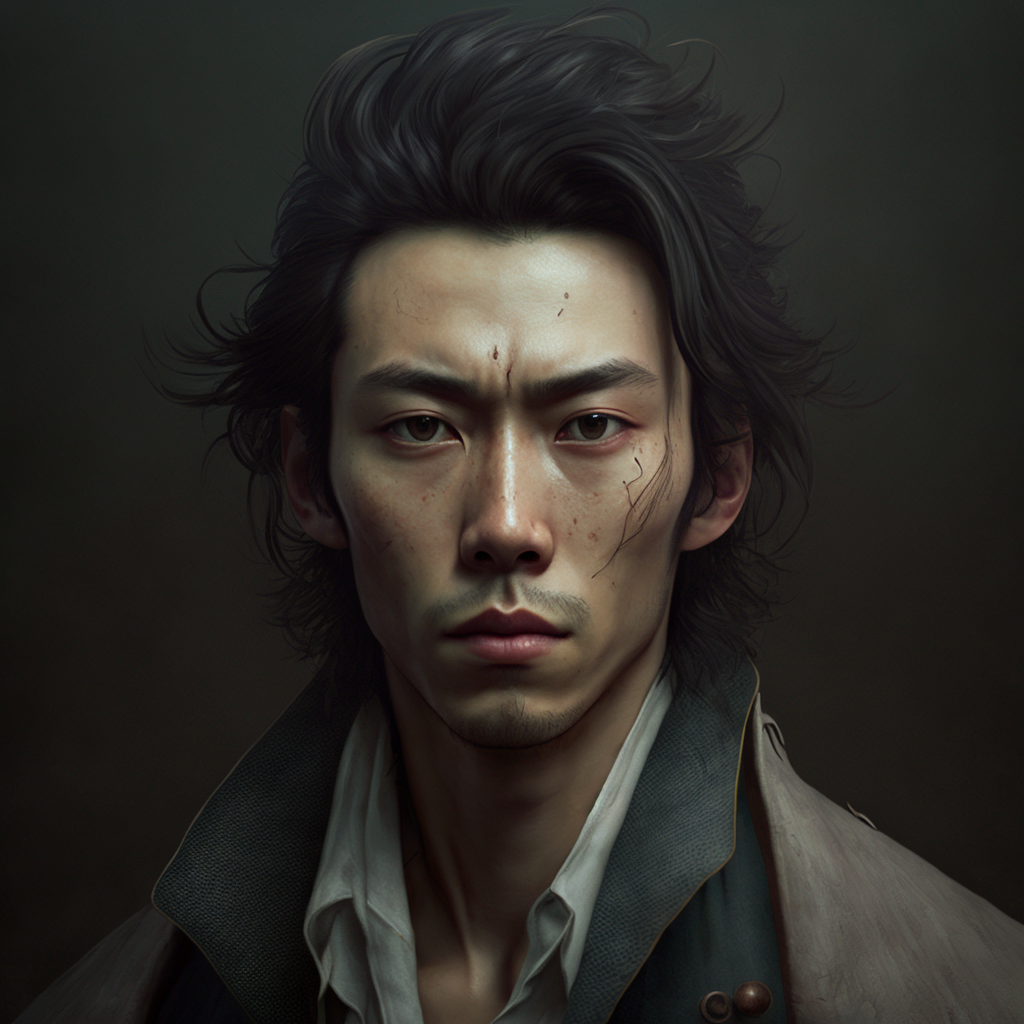Katsushika Hokusai is a renowned 19th-century Japanese artist known for his ukiyo-e prints, which have captivated the world with their beauty and expressiveness. In this article, immerse yourself in the fascinating world of Katsushika Hokusai and explore his artistic journey, his most famous prints and his lasting impact on Japanese art and culture.
I. The story of Katsushika Hokusai:
Katsushika Hokusai, born in 1760 in Edo (now Tokyo), is one of the most famous and influential artists in the history of Japanese art. His artistic career spans more than seventy years, during which he created an impressive collection of varied works, some of which have become world-renowned icons.
Hokusai was born into a low-class samurai family, which meant he had no access to the traditional education and artistic training reserved for the elite. However, his precocious talent for drawing was noticed by his adoptive father, who gave him his first artistic instruction. Hokusai went on to study with several masters of ukiyo-e, a popular art style of the time, and quickly developed his skills and reputation.
Early in his career, Hokusai worked on a variety of subjects, from portraits to landscapes to book illustrations. He used different artist names throughout his life, but it was under the name Hokusai that he achieved international renown.
II. Hokusai’s ukiyo-e prints:
Hokusai’s prints are renowned for their striking beauty and meticulous depiction of nature, landscapes and everyday life in Japan. Among his most famous works is the “Thirty-six Views of Mount Fuji” series, which includes the iconic “The Great Wave of Kanagawa”. These prints showcase Hokusai’s technical mastery, his ability to capture movement and the power of the natural elements.
III. Hokusai’s influence:
Hokusai’s art has had a profound impact on Japanese art and culture, as well as on Western art movements. His prints were widely distributed and admired in Europe during the period of cultural exchange between the West and Japan. Artists such as Vincent van Gogh and Claude Monet were inspired by Hokusai’s aesthetic, incorporating elements of his style into their own works.
IV. Hokusai and his innovative approach:
Hokusai was a visionary artist who constantly pushed the boundaries of his art. He explored new subjects and techniques, going beyond the traditional conventions of ukiyo-e. His love of nature, keen sense of observation and creative use of composition helped create unique, timeless prints.
V. The Lasting Legacy of Katsushika Hokusai:
Hokusai’s work continues to influence artists and inspire art lovers around the world. His prints are kept in prestigious museums and are considered national treasures in Japan. The reach of her legacy is also visible in modern popular culture, where references to her prints can be found in literature, film, fashion and many other areas.
Katsushika Hokusai was an exceptional artist whose influence on Japanese art and culture is undeniable. His ukiyo-e prints continue to captivate viewers with their timeless beauty and careful depiction of nature and everyday life. Hokusai’s innovative approach, technical mastery and artistic vision have left a lasting legacy, both in Japan and around the world. Whether through his depictions of Mount Fuji or the Great Wave off Kanagawa, Hokusai’s prints remain artistic treasures appreciated by art lovers and scholars. Exploring the art of Katsushika Hokusai reveals a world of captivating aesthetics, visual poetry, and the connection between man and nature. His contribution to the history of art is invaluable and his influence continues to radiate through the generations.
The main works of Hokusai
- “Thirty-six Views of Mount Fuji”: This series of prints is one of Hokusai’s most famous creations. It includes iconic prints such as “The Great Wave off Kanagawa” and “The Red Fuji”. Each print features Mount Fuji from different angles and in different contexts, showcasing the beauty and majesty of this sacred mountain.
- “One Hundred Views of Mount Fuji”: As the name suggests, this series is an extension of the previous series and further explores the landscapes and scenes of daily life around Mount Fuji. Each print offers a unique and captivating perspective of the mountain and its surroundings.
- “The waterfalls in the provinces”: This series features different waterfalls in Japan, illustrating the power and beauty of these natural formations. Hokusai skillfully uses the technique of woodblock printing to depict the movement and texture of water.
- “A Hundred Tales of Ghosts” (Hyakumonogatari Kaidankai) is also a series of major works by Katsushika Hokusai. This collection of ukiyo-e prints explores the theme of stories of ghosts and supernatural creatures in Japanese culture. Each print features an intriguing and fantastical scene, showcasing Hokusai’s imagination and artistic expression in the realm of the supernatural.



